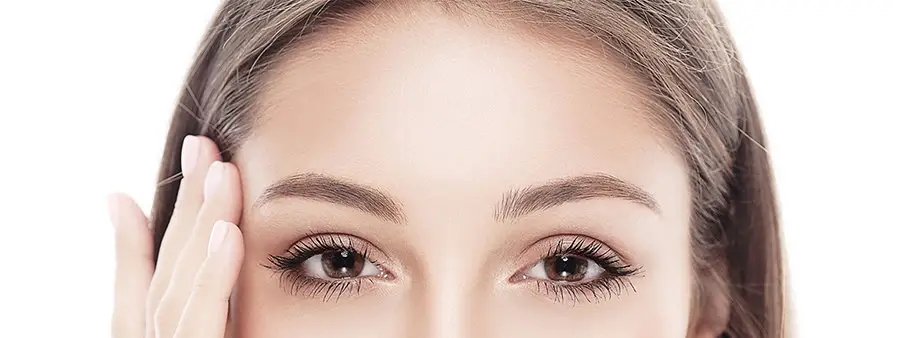
Thin skin can make you look older, and it is more susceptible to injuries, but there are ways to make facial skin thicker.
The main way to normalize skin thickness is to use retinol, but not everyone may use it, especially if they have sensitive skin. Other ways to make your facial skin look thicker or ease the signs of thinning skin is by getting dermal fillers, microneedling, vitamin C, collagen supplementation, and fractional laser treatments.
Why Should I Get Thicker Facial Skin?
Thick skin tends to age slower than thin skin. It is often less likely to wrinkle. Additionally, thin facial skin tends to be “transparent.” Therefore, it can be easier to see the tendons, bones, and especially the veins under the skin, making you look older.
Plus, thin skin can easily get damaged. People with thin skin can easily tear or bruise their skin after minor injuries.
Why Do I Have Thin Facial Skin?
Aging
The main cause of thinning skin is aging. The skin naturally gets thinner with age as the skin gets more elastic.
When your skin gets thinner with age, you may notice that you develop wrinkles, furrows, drier skin, crow’s feet, etc.
UV Exposure
UV exposure can damage your skin, and it can speed up the aging process. UV rays break down elastin and collagen in the skin, making the skin wrinkle, loosen, and thin.
Steroid Creams
Steroid creams can shrink the cells in the epidermis. Additionally, it can affect tissues that connect the skin.
However, topical steroids may only make the skin thinner if you use topical steroids for an extended period. You need to follow the instructions or your doctor’s advice and stop use immediately once the indicated time passes.
Can I Make My Facial Skin Thicker?
It is important to note that there is no sure-fire way to reverse thinning skin. However, some treatments can help alleviate and lessen the symptoms of thinning skin.
Retinol/Vitamin A
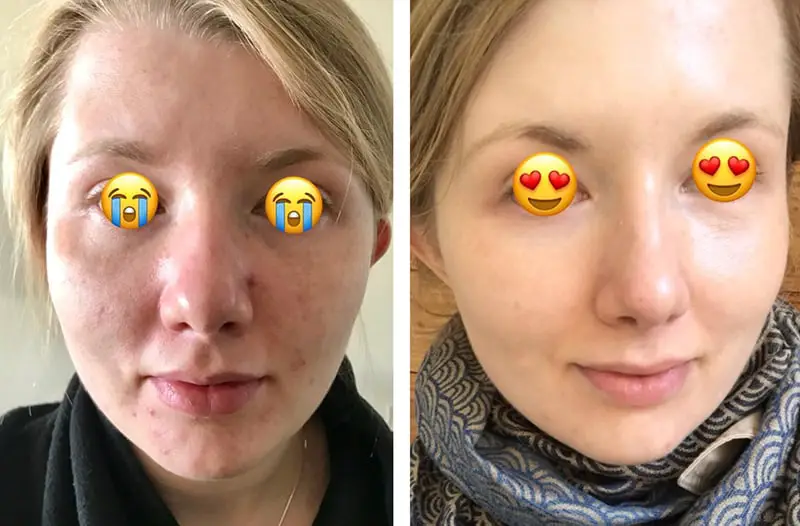
Retinol is a vitamin from the vitamin A family, and you can find retinol in many skincare products. A common myth is that people with thin skin should avoid retinol because retinol makes your skin peel, making your skin even thinner.
However, retinoids stimulate collagen production. Skin naturally loses collagen as it ages and gets thinner, which means retinol could make your skin look thicker.
Romana-Souza et al., 2019 looked into how retinol can attenuate stress-related effects in the skin since retinol promotes elastin and collagen. The study used topical retinol on stressed human skin to evaluate their results. The researchers found that retinol can normalize skin thickness.
However, retinol may not work for everyone, so you might need to try a patch test or consult a dermatologist first. For instance, people with sensitive skin conditions, such as rosacea, should probably avoid retinol. Retinols can be too strong for sensitive skin types, further irritating the skin.
It is important to note that you will not see major results from retinoids right away. Most people need to wait 4-6 months to see obvious changes in their skin’s thickness and texture, so you need to be patient. Over-the-counter retinoids usually take longer than prescription tretinoin, which may take three months to see results.
It is also important to note that your skin may experience some redness or peeling when you first use retinoids. You may also notice some dryness and tightness. As long as it is mild, you should be fine. Those side effects tend to fade after 2-4 weeks. You may need to stop using the retinoid or switch to a weaker form if the side effects do not go away after four weeks.
The key to making retinol work is gradually building it up. Start at 3x a week for a few weeks and add on more days and higher concentrations as time goes by. Most people will get rid of irritated/flaky skin when starting prescription retinoids.
Vitamin C
Michels et al., 2011 suggest that vitamin C could help thicken the skin and make it look plumper. The study stated that vitamin C contains antioxidant properties that play a role in collagen synthesis, a protein found all over your body, including your skin.
The study found that vitamin C can boost collagen production. It may not be able to reverse already thin skin fully.
However, applying products that contain vitamin C or taking vitamin C supplements can still be helpful. Vitamin C can protect your skin from UV damage, which is a major culprit of thin skin.
Collagen Supplementation
Collagen supplementation has been shown to improve the density of skin (Bolke et al., 2019). Collagen supplementation also improves skin hydration, elasticity, and roughness
Fractional Laser Treatment
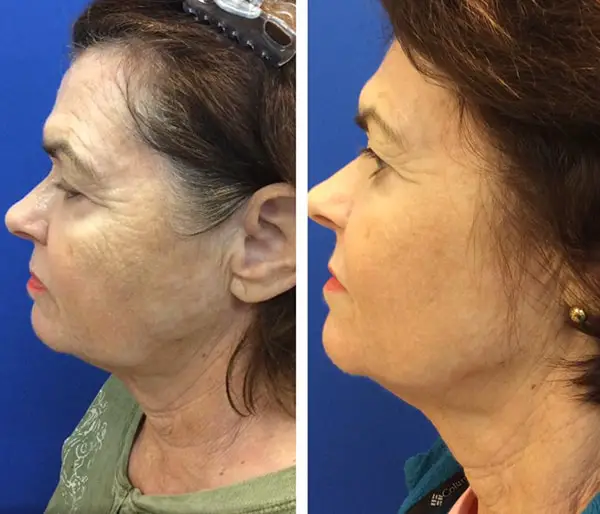
Fractional laser treatment is usually for acne scars, hyperpigmentation, etc. However, it could potentially enhance how plump your skin looks, as well.
Fractional laser treatment works because it stimulates new collagen and elastin production. More collagen and elastin often means that your skin will look younger and plumper, negating the look of thin skin.
Microneedling
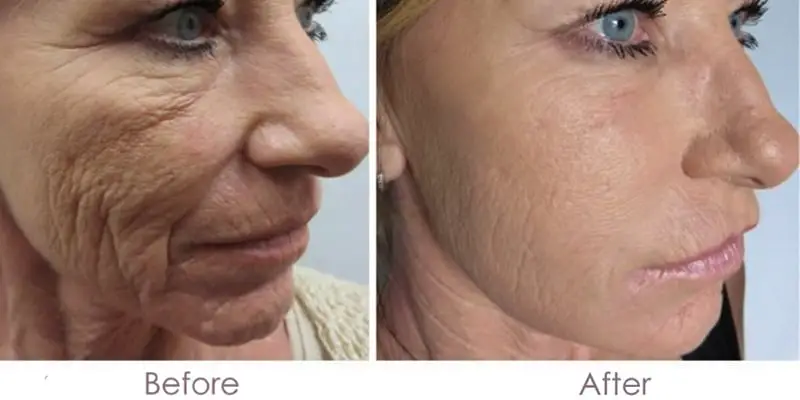
Microneedling is another treatment that you can try that will not directly thicken your skin, but it can make your skin more supple and boost your collagen and elastin production.
Microneedling involves using tiny needles on your skin. The needles make your skin bleed, but only in minimal amounts; it will not damage your skin. If you want to give microneedling a try, it would be best to ask a professional, especially if you’re going to do it on your face. You may need to get several microneedling sessions to see a huge difference.
Dermal Fillers
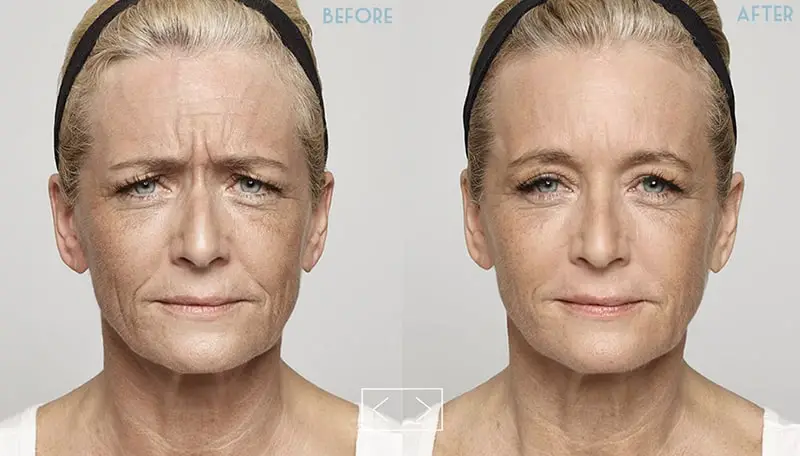
Dermal fillers will not make your skin thicker. However, it could help your skin look plumper and fill out fine lines, which can help since thin skin tends to have more fine lines and look sallow.
Most dermal fillers contain ingredients that naturally occur in your body, like collagen or hyaluronic acid. These fillers can give you immediate results, but they get reabsorbed into your body after 3-6 months, so you need to get them again to maintain your results.
Another type of dermal filler is a fat transfer. A fat transfer uses your fat from another part of your body, like your lower abdomen or thighs. The fat then gets purified and injected into the targeted area.
Most surgeons will “overfill” the targeted areas because the fat cells die off for the first few months. Some people may lose 40-60% of their fat cells; after 4-9 months, the fat cells that survive will remain on your face.
A fat transfer lasts several years. Since the procedure uses the patient’s body fat, the body will not reject it.
For more info on skincare, visit our ultimate skincare guide.

